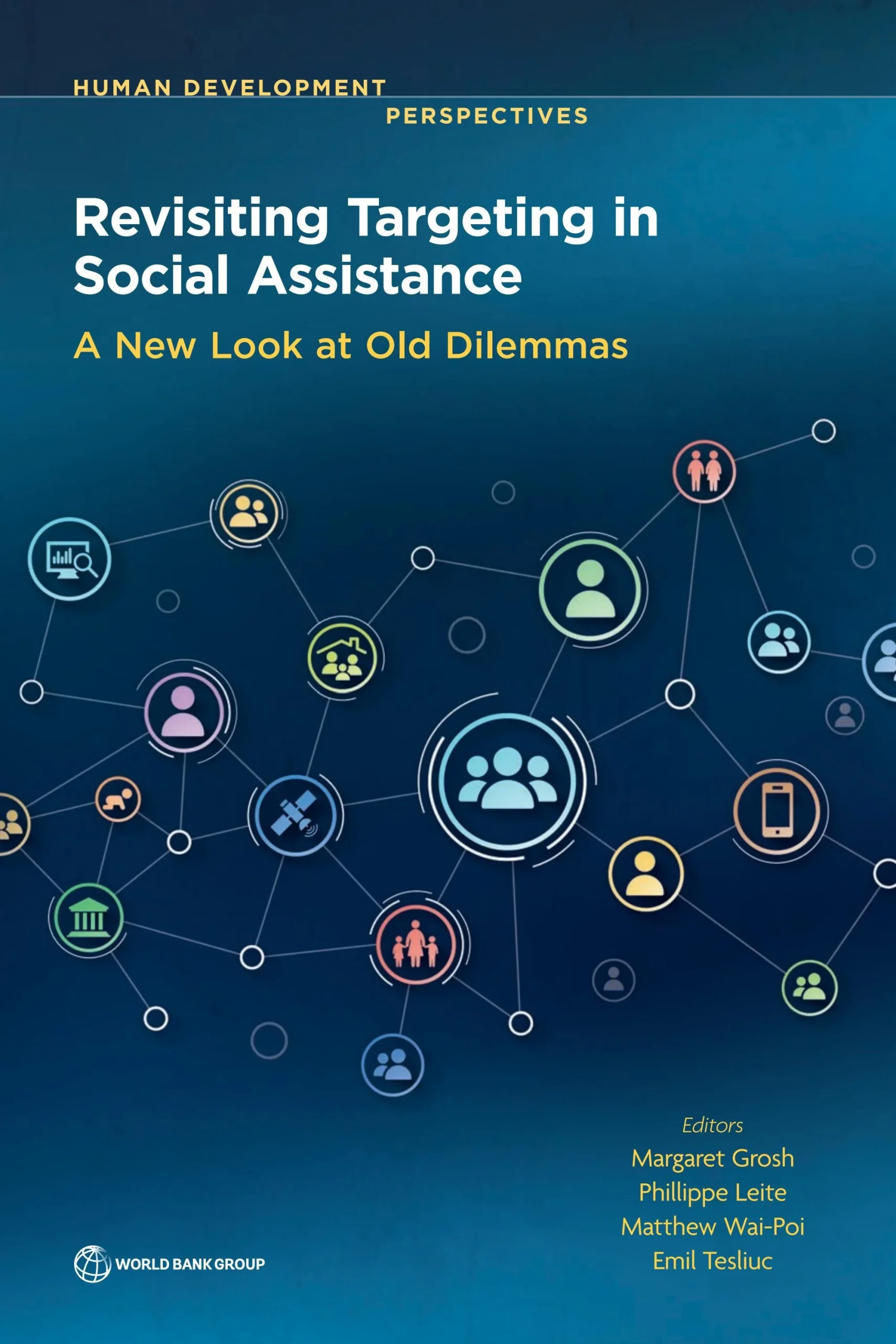Unexpected Bonus: SSI Recipients Set to Receive Double Payments in May
Financial Lifeline: SSI’s Role in Supporting Vulnerable Individuals and Couples
According to Quartz in a surprising turn of events certain recipients of Supplemental Security Income (SSI) are in for a pleasant surprise next month: they’ll be receiving two payments instead of the usual one. Typically SSI payments are distributed on the first day of each month. However with June 1 falling on a Saturday this year, the payments will be issued a day earlier, on Friday, May 31. As a result recipients will receive their regular May payment at the end of May effectively doubling their funds for the month.
Double SSI recipients overseen by the Social Security Administration provides crucial support to individuals with limited income, few assets and disabilities. The maximum monthly payment for individuals is $943 while couples can receive up to $1,415. However some couples may experience reduced payments due to a “marriage penalty” if their combined wealth surpasses certain limits after marriage.
READ ALSO: Thai police say man kills his family after online scam leaves them in massive debt

Trouble in Double SSI Recipients to Receive Two Payments in May Due to Unusual Calendar Shift – Learn How It Affects Your Benefits and the Future of Social Assistance Programs!(PHOTO: FasterCapital)
Navigating SSI Reforms: Addressing the Adequacy of Benefits for Vulnerable Individuals
The timing of double SSI recipients payments holds significant especially those who rely heavily on these funds to cover essential expenses. While the double payment in May offers temporary relief it highlights ongoing discussions about the adequacy of double SSI recipients benefits. Many advocate for potential reforms to address issues such as asset limits ensuring that vulnerable individuals and families receive sufficient support. With similar shifts in payment timing anticipated in the coming months recipients and policymakers alike continue to grapple with the complexities of social assistance programs aimed at aiding those in need.
Furthermore, the timing of SSI payments not only impacts recipients’ immediate financial situations but also underscores broader conversations about social welfare policies. Advocates argue that the current SSI benefit levels may not adequately meet the needs of those relying on them especially considering the rising costs of living and healthcare. Discussions around potential reforms including adjustments to asset limits and payment structures, aim to address these concerns and ensure that SSI effectively serves its intended purpose of supporting individuals with disabilities and limited resources. As policymakers navigate these complexities the goal remains to provide meaningful assistance to vulnerable populations while promoting financial stability and independence.




![Tyson Foods Plant [Photo: Food Manufacturing]](https://southarkansassun.com/wp-content/uploads/2023/08/iStock_1185520857__1_.5e441daa51cca-600x337.jpg)








![Silverado Senior Living Management Inc. [Photo: Los Angeles Times]](https://southarkansassun.com/wp-content/uploads/2023/10/download-6-4-600x337.jpg)

![China's Wuhan Institute of Virology [Photo: Nature]](https://southarkansassun.com/wp-content/uploads/2023/09/d41586-021-01529-3_19239608-600x337.jpg)















